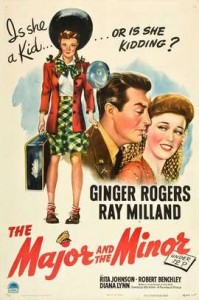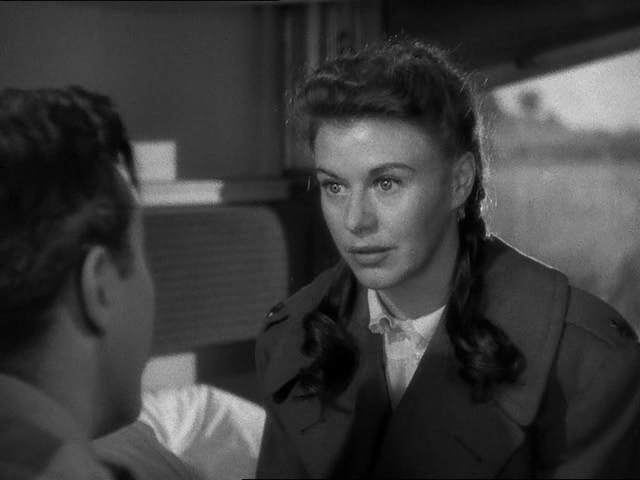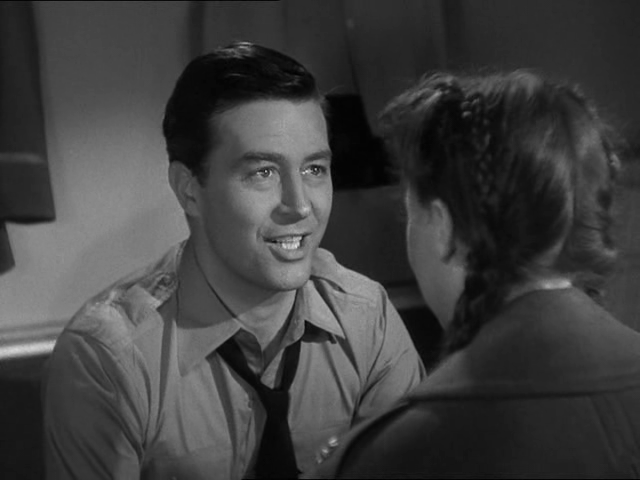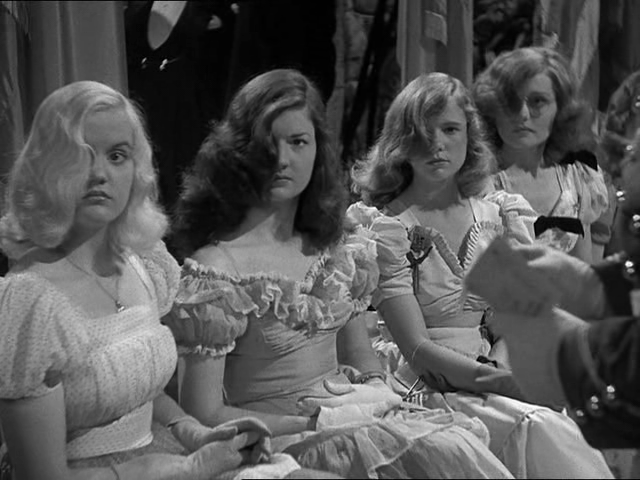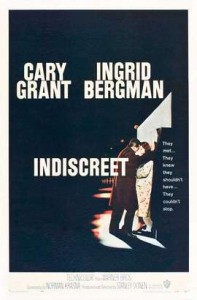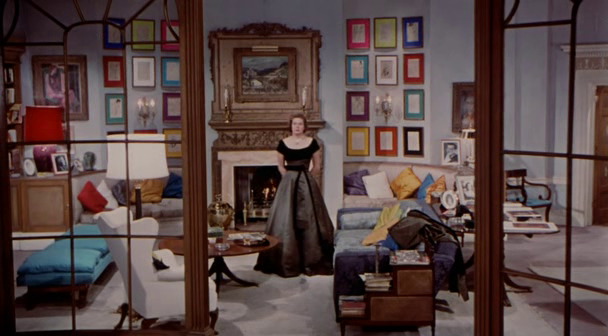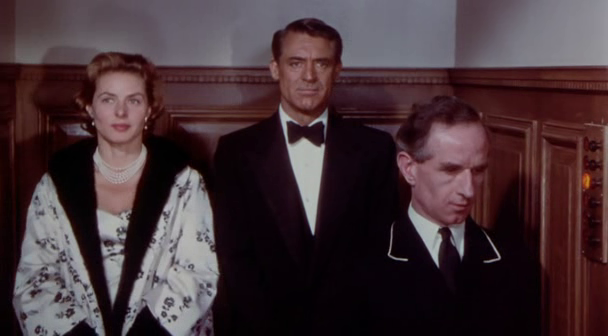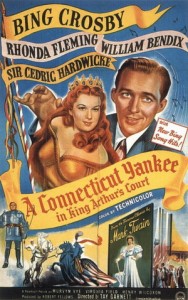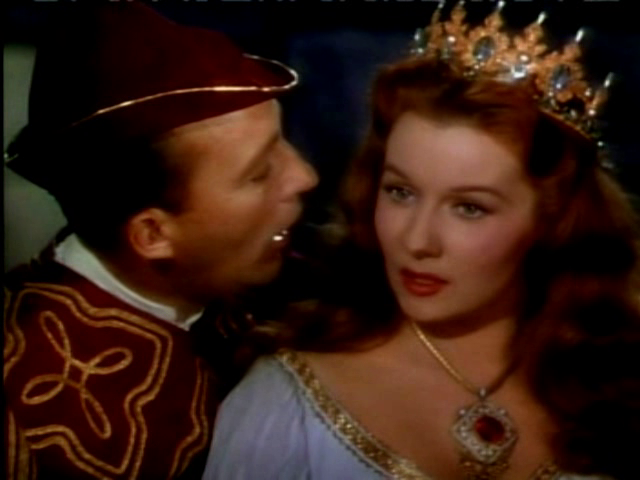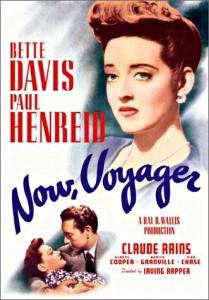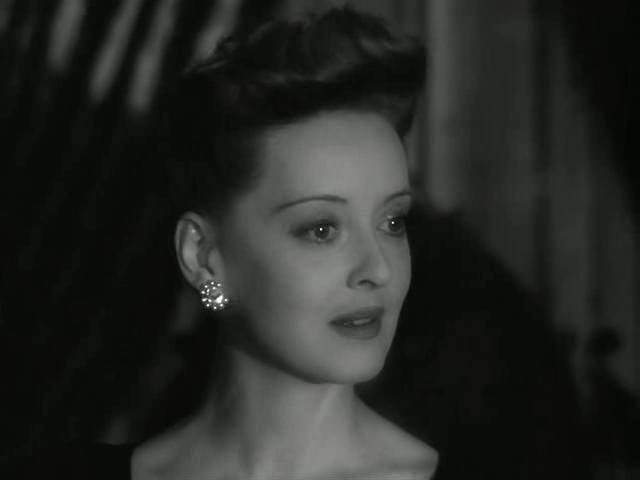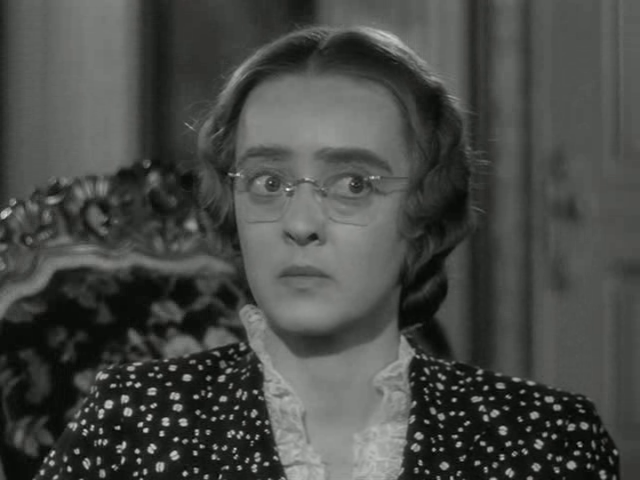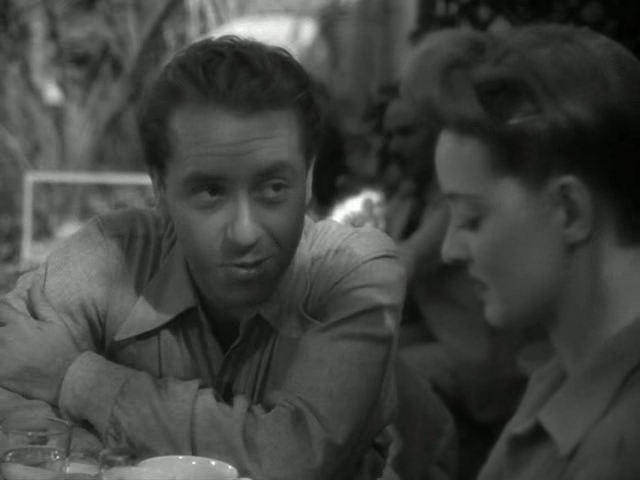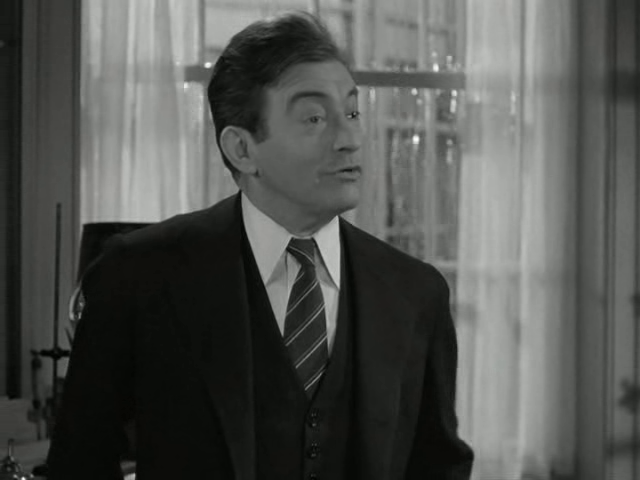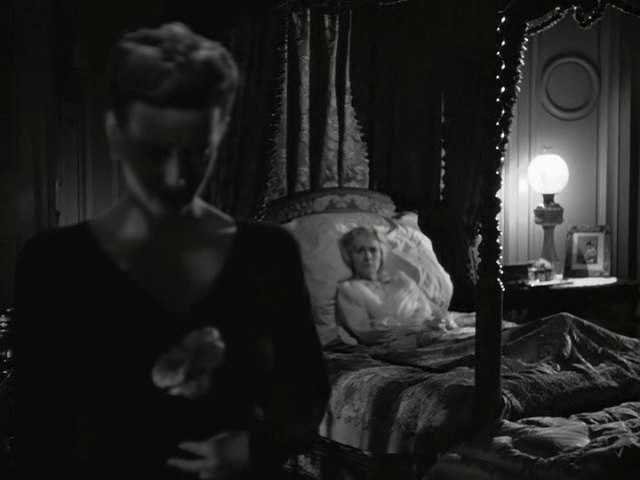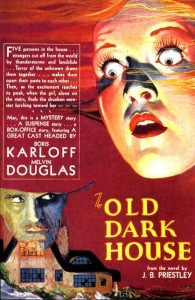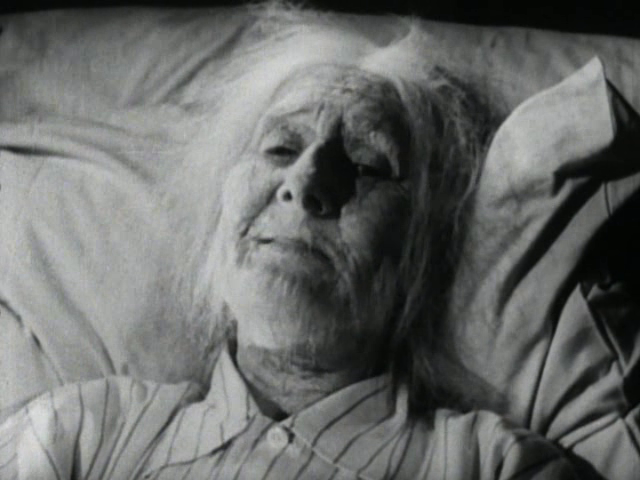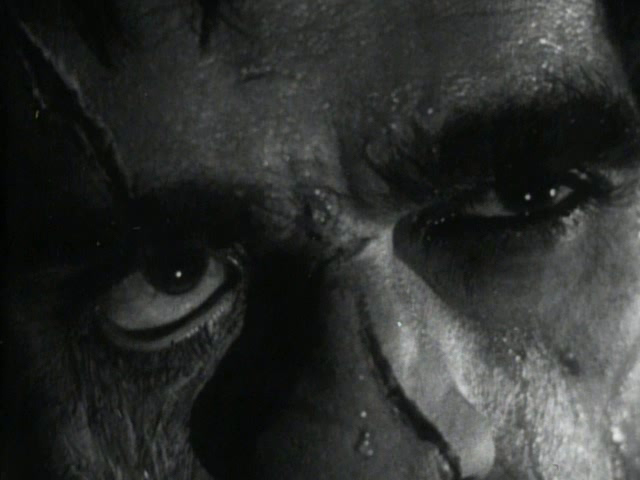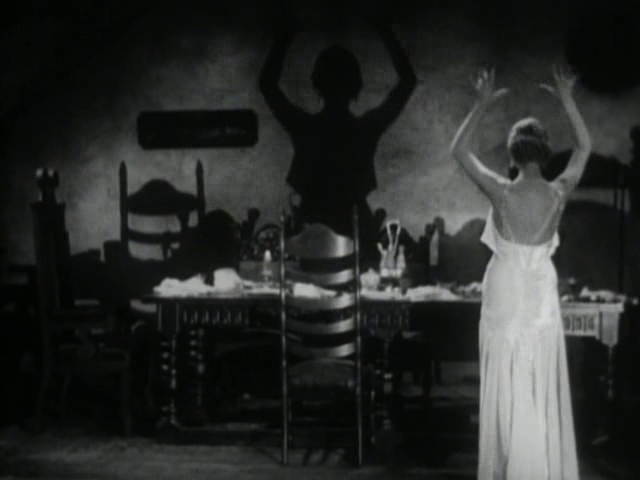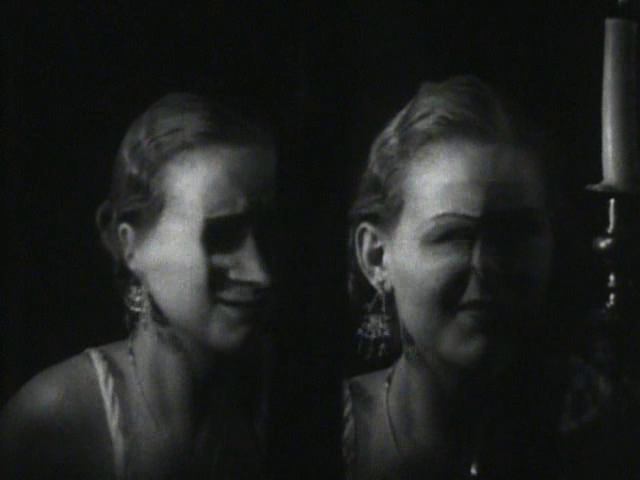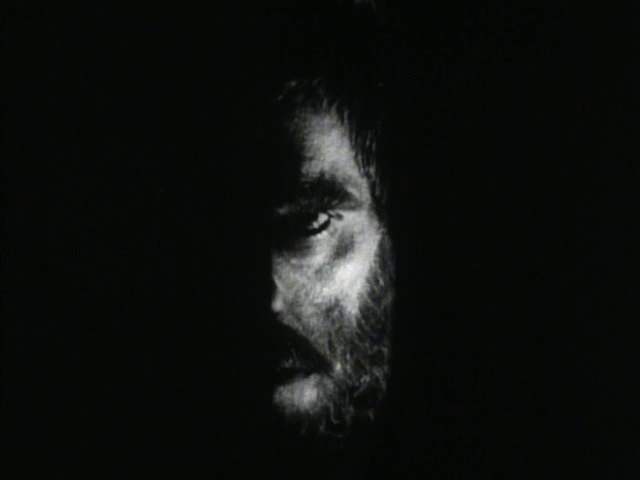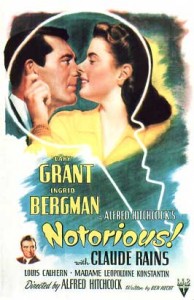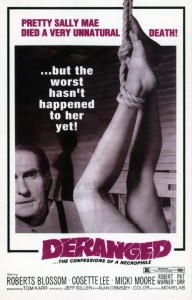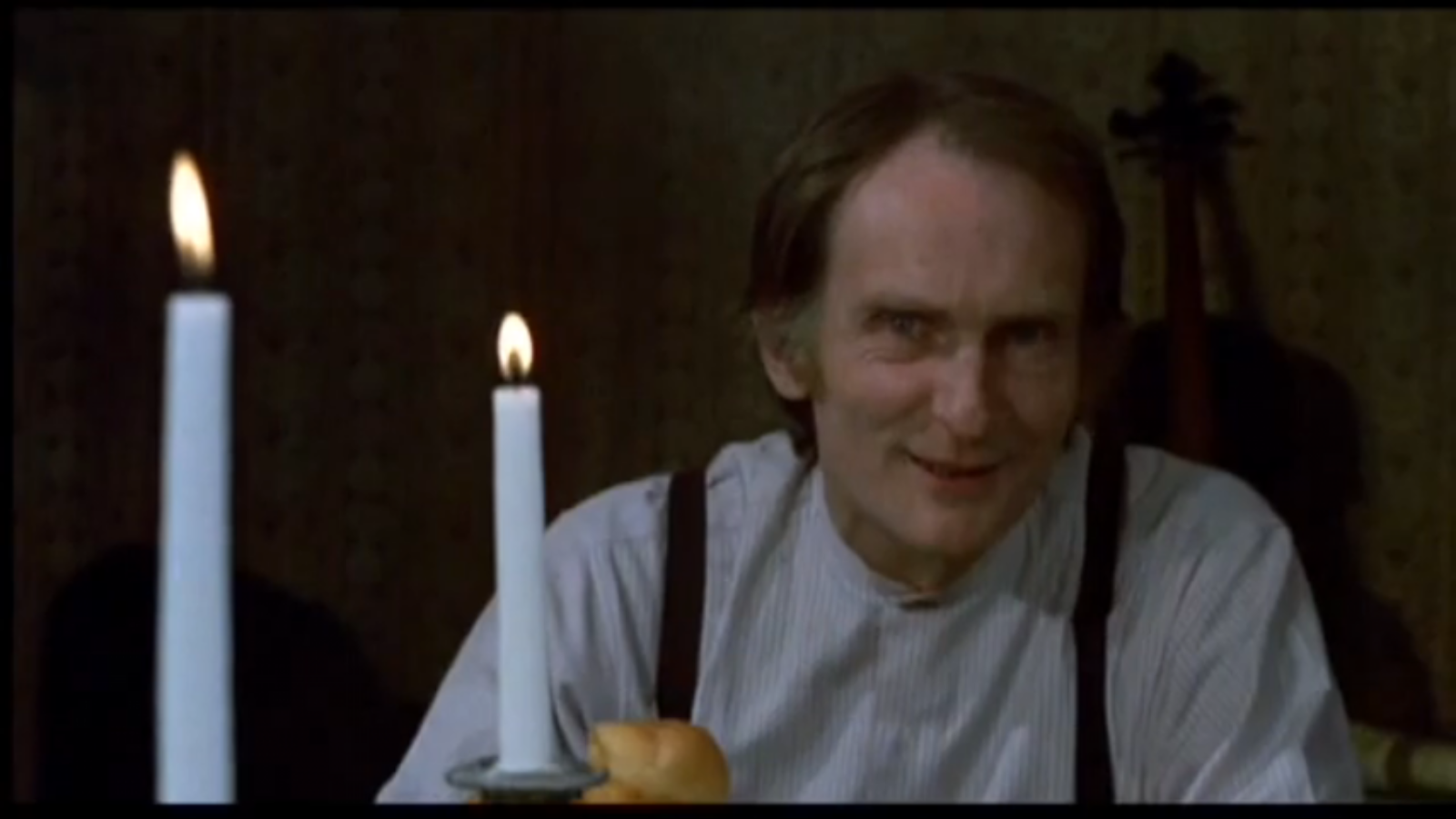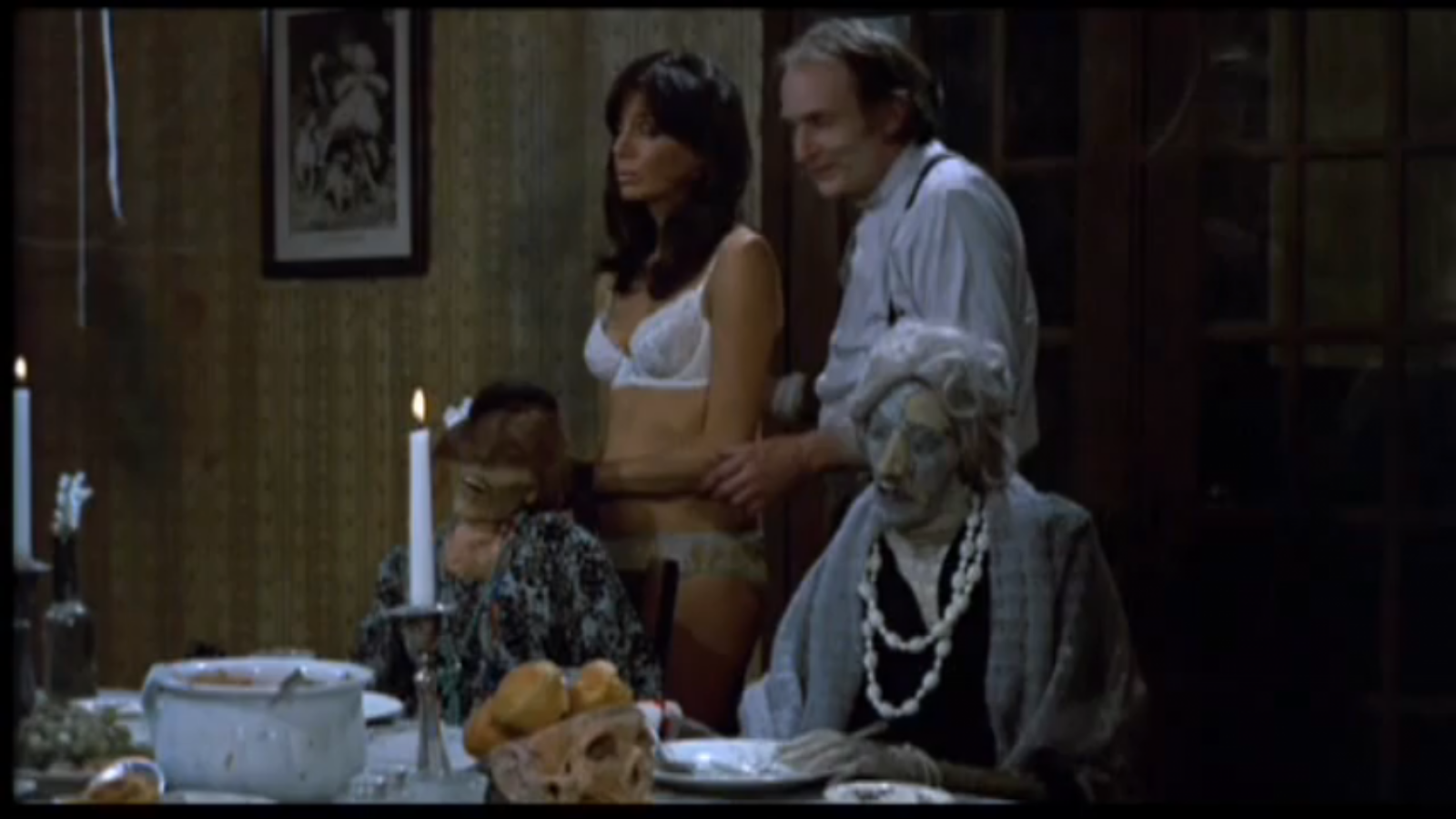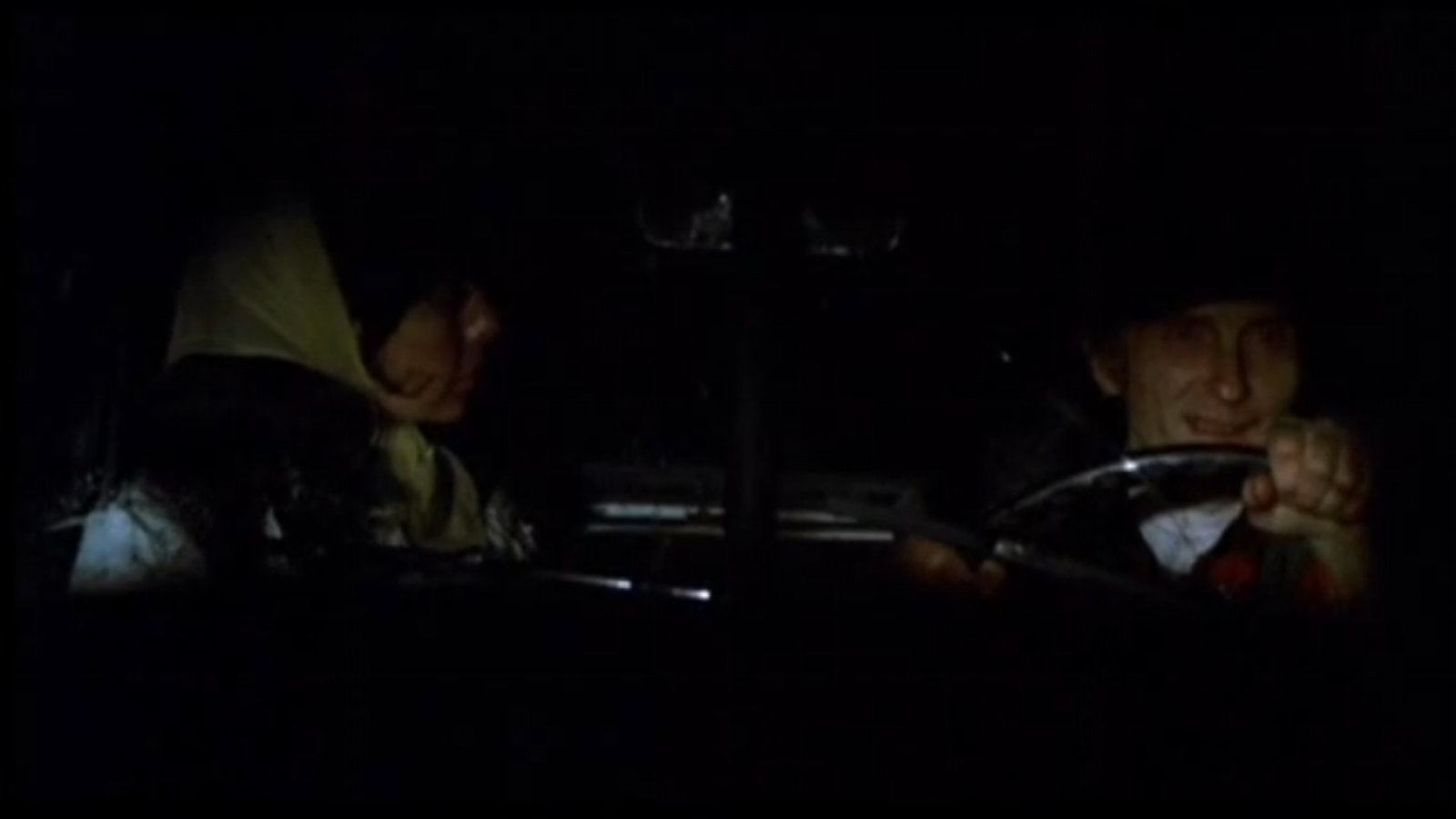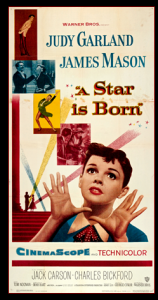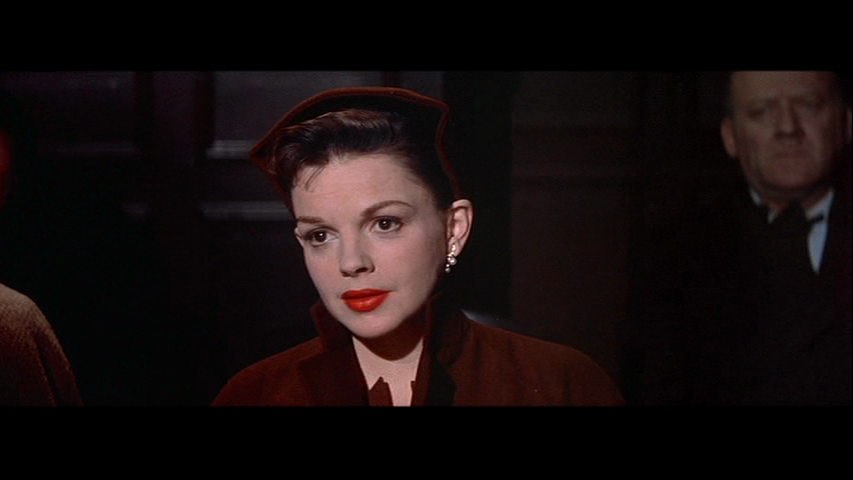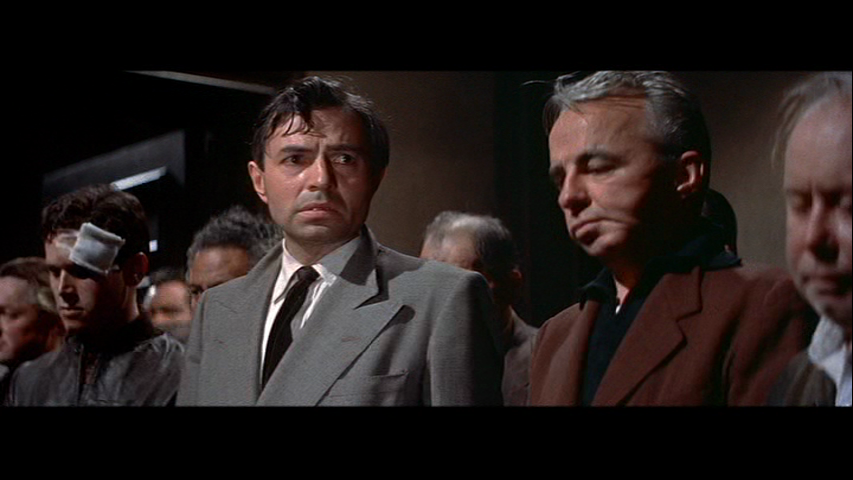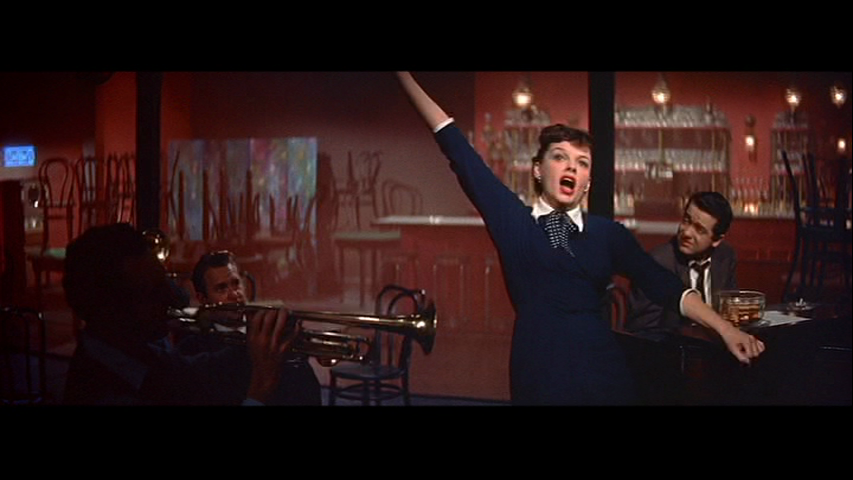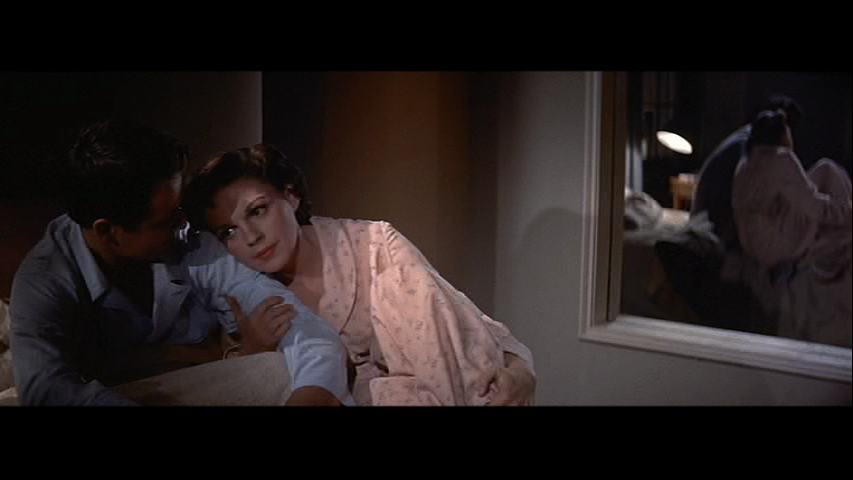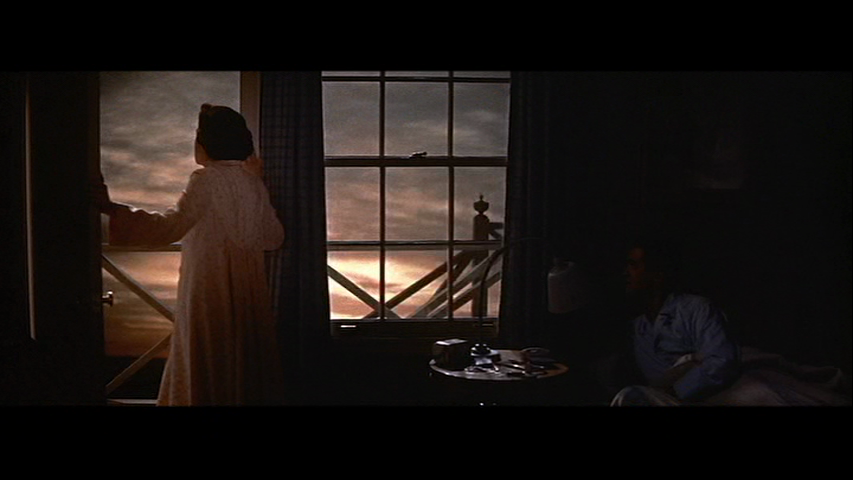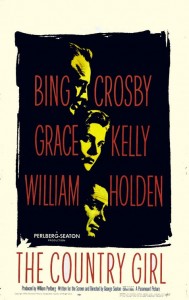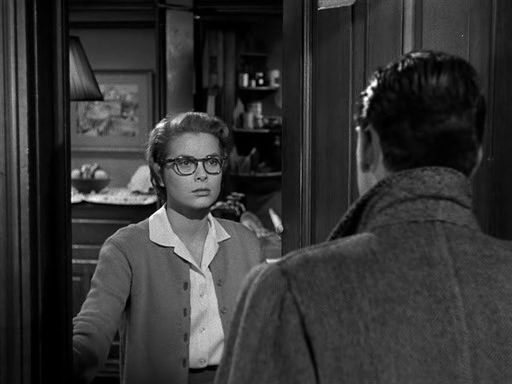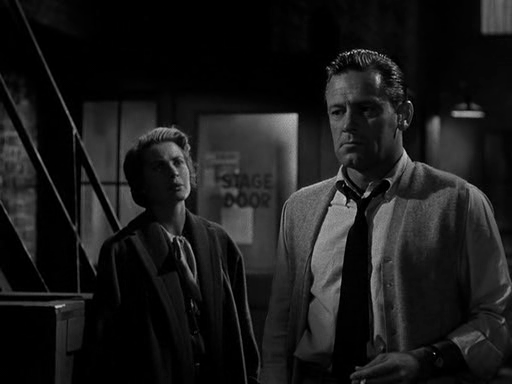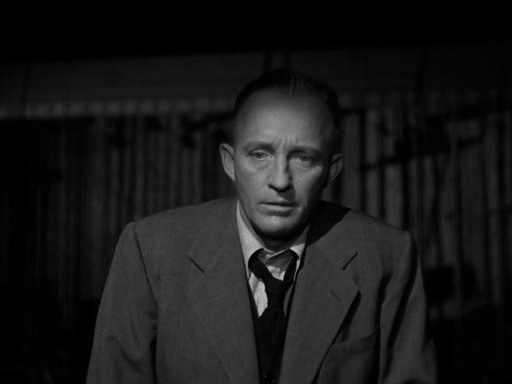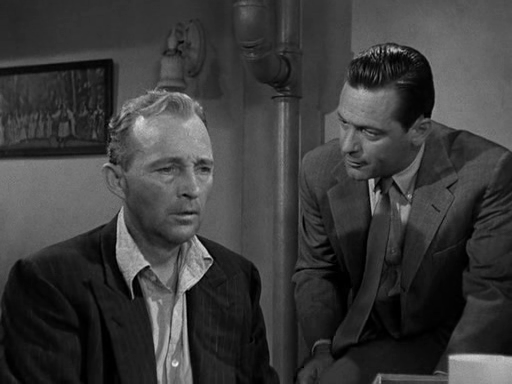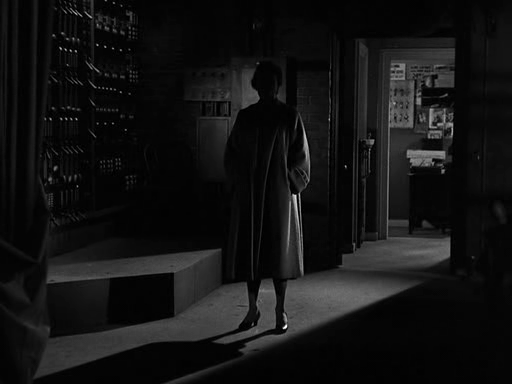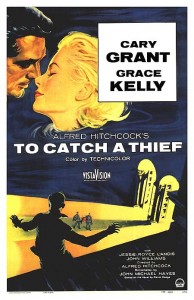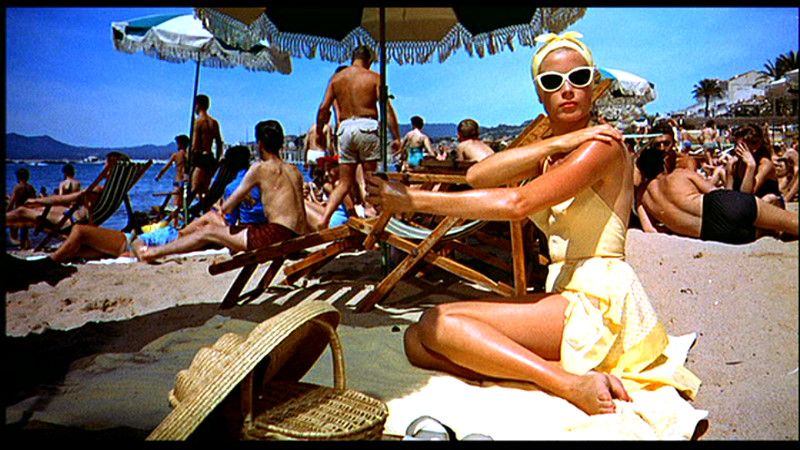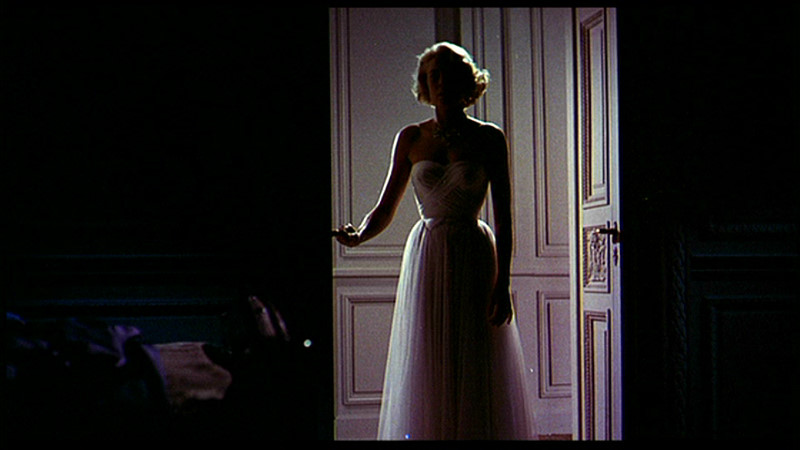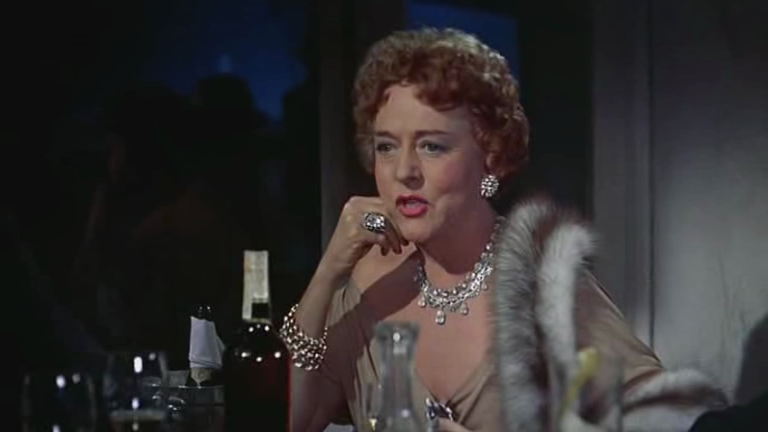|
Genres, Themes, Actors, and Directors:
- Cary Grant Films
- Claude Rains Films
- Hitchcock Films
- Homicidal Spouses
- Ingrid Bergman Films
- Louis Calhern Films
- Nazis
- Nuclear Threat
- Romance
- Spies
Response to Peary’s Review:
Peary notes that this “favorite Hitchcock film” of many critics is, “unlike most of his other suspense films”, lacking in humor, given that its “characters are playing for keeps”. Indeed, Notorious is a surprisingly serious film about a “depressed, heavy-drinking young woman” (Bergman) who, given her “fervent loyalty to America”, agrees to take on a potentially lethal undercover assignment proposed to her by a suave stranger (Grant) at a party. Much of the film’s tension revolves around the fact that Bergman “has fallen for Grant” (who may or may not feel the same way in return); unfortunately, however, this critical narrative element is never sufficiently established. Bergman and Grant’s instant romance — epitomized by their early on-again-off-again kissing scene, which was strategically filmed to evade the Hayes Code stipulation that onscreen kisses couldn’t last more than three seconds — never really rings true, given that Grant offers precious little in the way of charm or charisma in his role here. (Indeed, as Peary notes, his character is actually “too serious and a bit of a lunkhead”.) While the film’s infamous, “extremely tense” ending does allow Grant to “prove himself to us and to Bergman”, this ultimately emerges as too little, too late.
With that significant caveat out of the way, however, I’m ready to concede that Notorious remains one of Hitchcock’s most tightly crafted and suspenseful thrillers. Bergman is simply marvelous in the lead role, and Peary rightfully gives her the Best Actress award in his Alternate Oscars book, where he points out that Bergman “went against type” (having previously been viewed as “good, pure, and wholesome”) to play “a woman who [is] somewhat alcoholic, [has] slept around, and takes a sleazy job that requires that she give her body to a man she doesn’t love”. Nonetheless, her nuanced character here “has strength, resilience, and courage”; she’s someone who “refuses to hate herself or lose her self-respect”, despite the repeated “spite and condescension” she receives from Grant. She “sees no reason to defend herself”, instead “just carry[ing] on, doing what’s right and expecting nothing in return”. It’s a fascinating portrayal, to be sure.
Claude Rains is note-perfect in the critical yet challenging supporting role as “one of Hitchcock’s most refined villains”, a man who allows lust and a serious crush to cloud his better judgment, only to realize far too late what a fool he has been. Meanwhile, Austrian actress Leopoldine Konstantin will probably be forever associated (by Americans, at least) with her role here as Rains’ “venomous mother” (in real-life, she was only four years older than him, but so it goes); she’s the epitome of a truly nightmarish mother-in-law, and fits in nicely with the “slimy bunch” of Nazis Bergman must ingratiate herself with. While the film’s climactic (and controversial — see IMDb’s message board) ending is justifiably lauded, watch for the “even more exciting… party sequence in which lovers Grant and Bergman slip off to snoop in the wine cellar and the jealous Rains walks towards the cellar to get more wine”; as Peary notes, “it’s one of Hitchcock’s classic suspense scenes with action taking place all over the house”, and remains perhaps the film’s most memorable sequence.
Redeeming Qualities and Moments:
- Ingrid Bergman as Alicia Huberman
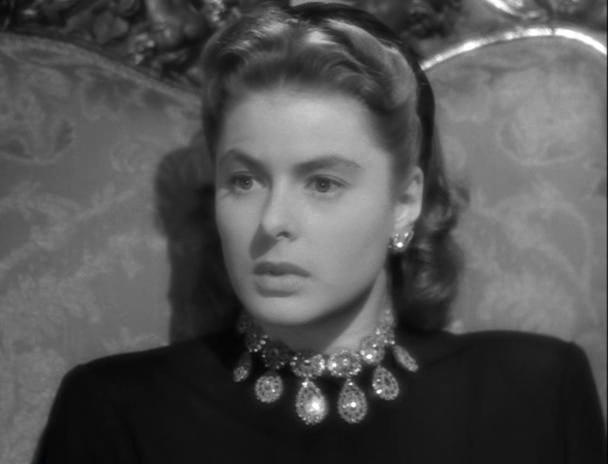
- Claude Rains as Alexander Sebastian
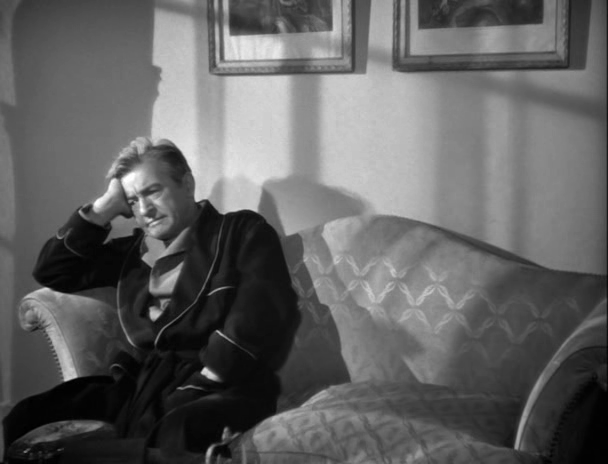
- Leopoldine Konstantin as Madame Sebastian
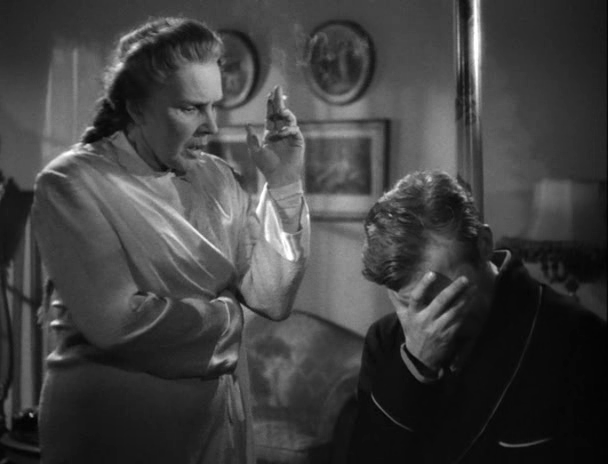
- Ted Tetzlaff’s atmospheric cinematography
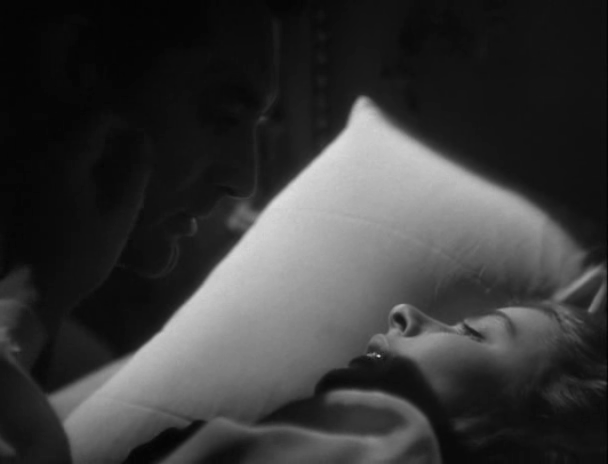
- Masterful direction by Hitchcock
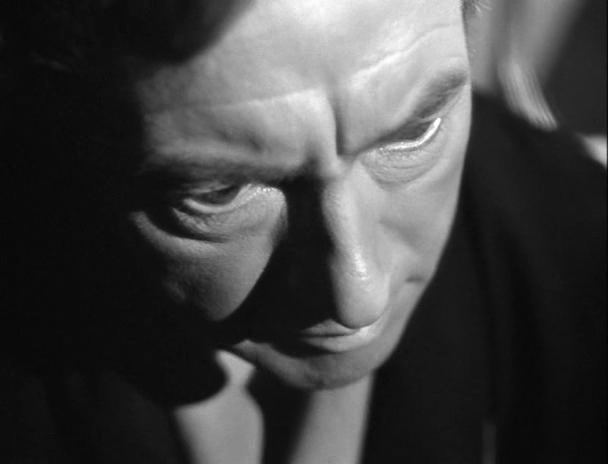
Must See?
Yes, as one of Hitchcock’s most highly regarded films.
Categories
(Listed in 1001 Movies You Must See Before You Die)
Links:
|
